Move over, palazzos. Performances were the biggest trend at Milan Design Week
This year, brands brought on the drama via immersive installations across the city
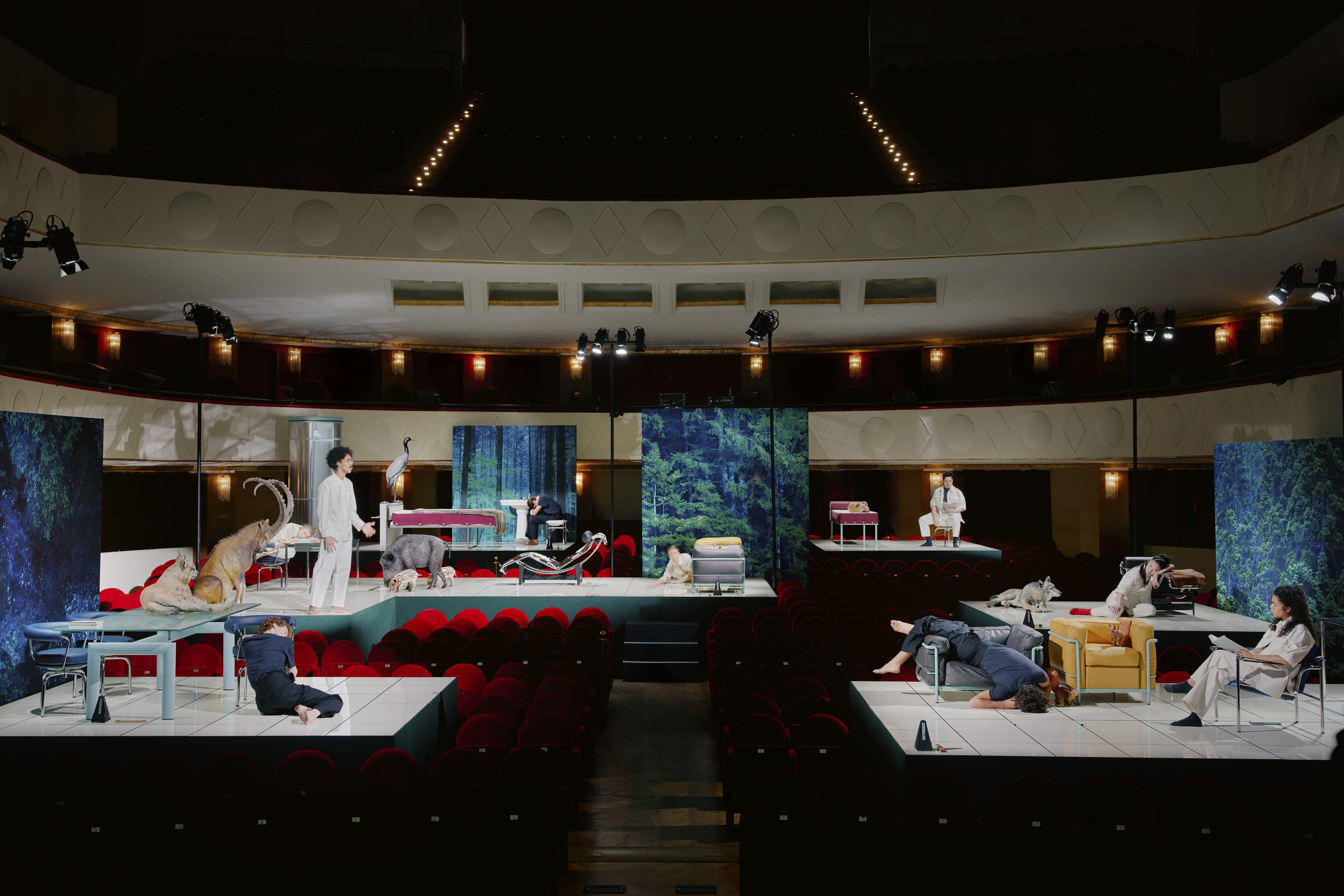
Milan's annual design week typically revolves around installations and exhibitions in the city's grand palazzos. These are undoubtedly beautiful settings for displaying design—and part of what makes Milan such a special showcase—but these spaces have become highly competitive to obtain for the jam-packed week, as well as slightly expected by audiences.
This year, several designers and brands switched things up and chose equally impressive theatre spaces in which to present—or built stages of their own. Meanwhile, several luxury brands took a cinematic approach to their presentations, involving grand, immersive sets, and in some cases brought to life by actors, performers and dancers.
Milan’s Historic Theatres Took Centre Stage
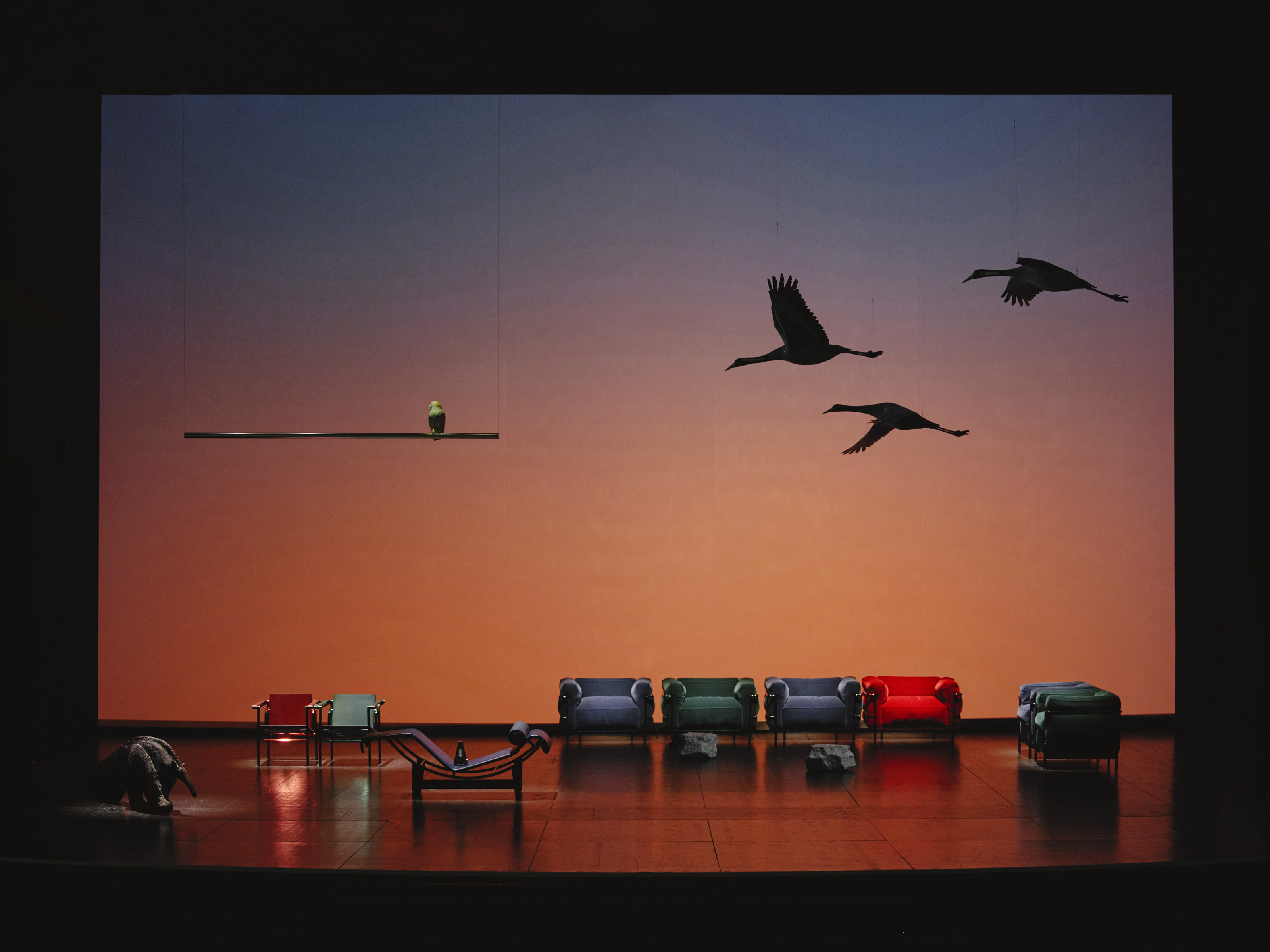
Cassina’s Le Corbusier, Pierre Jeanneret, Charlotte Perriand Collection, on stage at Teatro Lirico in Milan
The largest example in both scale and ambition was Italian furniture brand Cassina’s 'Staging Modernity' exhibition, which was held at the impressive Teatro Lirico. Curated by Formafantasma—who seemed to be everywhere this year—the showcase celebrated 60 years of Cassina’s Le Corbusier, Pierre Jeanneret, Charlotte Perriand collection. This included a look back in time at some of the most iconic pieces of modernist furniture, with archival drawings and research materials, maquettes and video interviews in the theatre’s foyer that traced the history of the collection.
Moving into the auditorium, a series of platforms were constructed on top of the stall seating to present limited-edition pieces from the collection released in new colours. These were displayed alongside plastic animal figures and backdrops printed with forest scenes—contrasting the rational 'machine for living' concept of modernist design against a natural and wild ecology. Meanwhile, a revolving series of live theatrical performances on the stage and amongst the stalls also explored this theme, incorporating the furniture as active props.
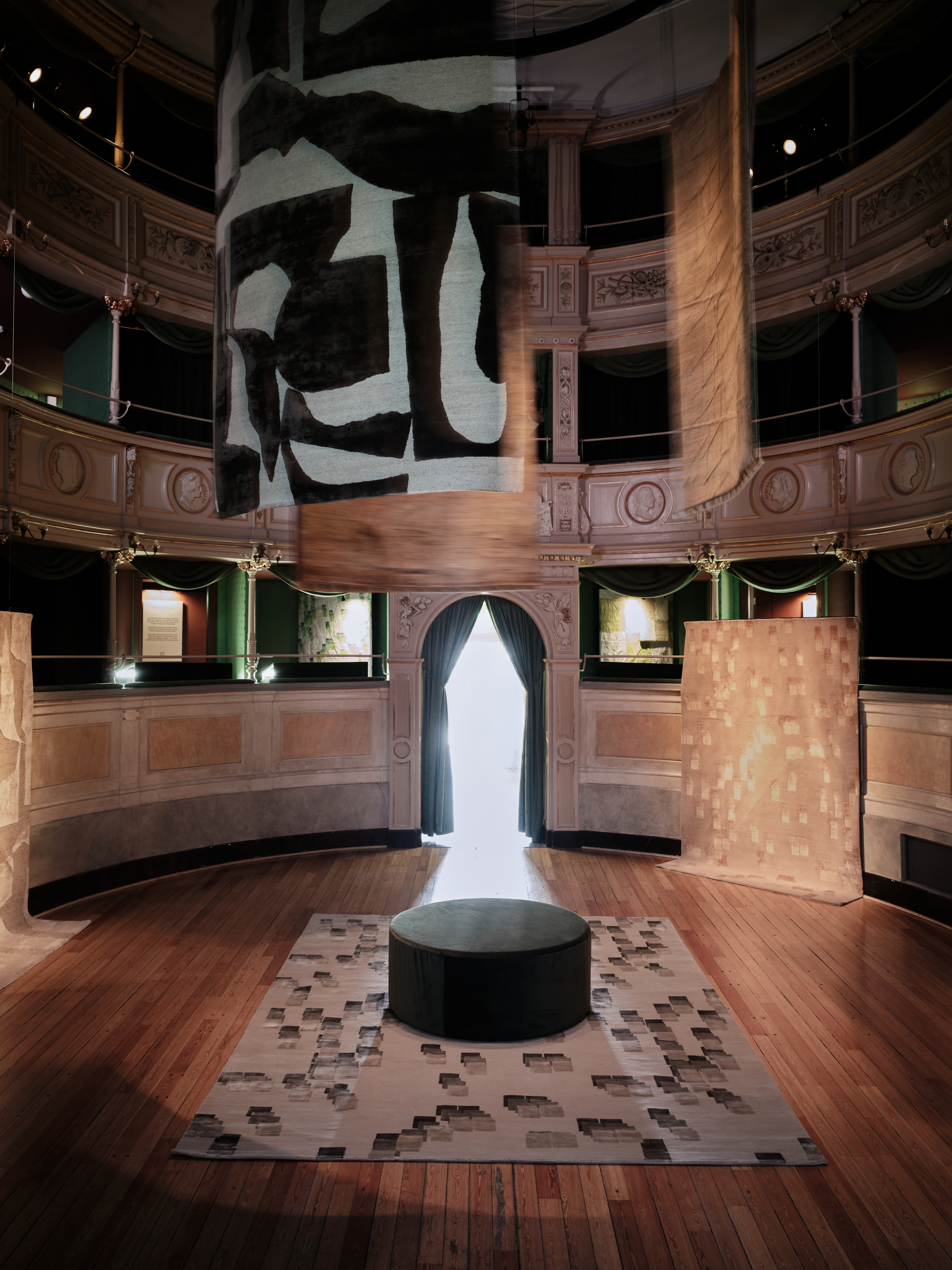
Kelly Wearstler x The Rug Company: Crescendo installed in Milan’s Teatro Geronimo
Never one to shy away from the spotlight, L.A.-based designer Kelly Wearstler also debuted her latest collection for the Rug Company inside a theatre. The charming Teatro Geronimo’s circular interior provided the setting for the new rugs, as part of an installation titled 'Crescendo.' Some of the carpets were suspended from the ceiling on rotating circular tracks, while others were arranged as a vignette on stage and more placed on the floor and walls.
Coincidentally, the pastel hues of the theatre’s interior matched the soft, muted tones of the rugs, which included four designs each in a dark and a light colourway. The upper-level viewing boxes offered exhibition spaces to showcase and explain the materials and processes used to produce the designs.
Vintage Cinema References Captivated Audiences
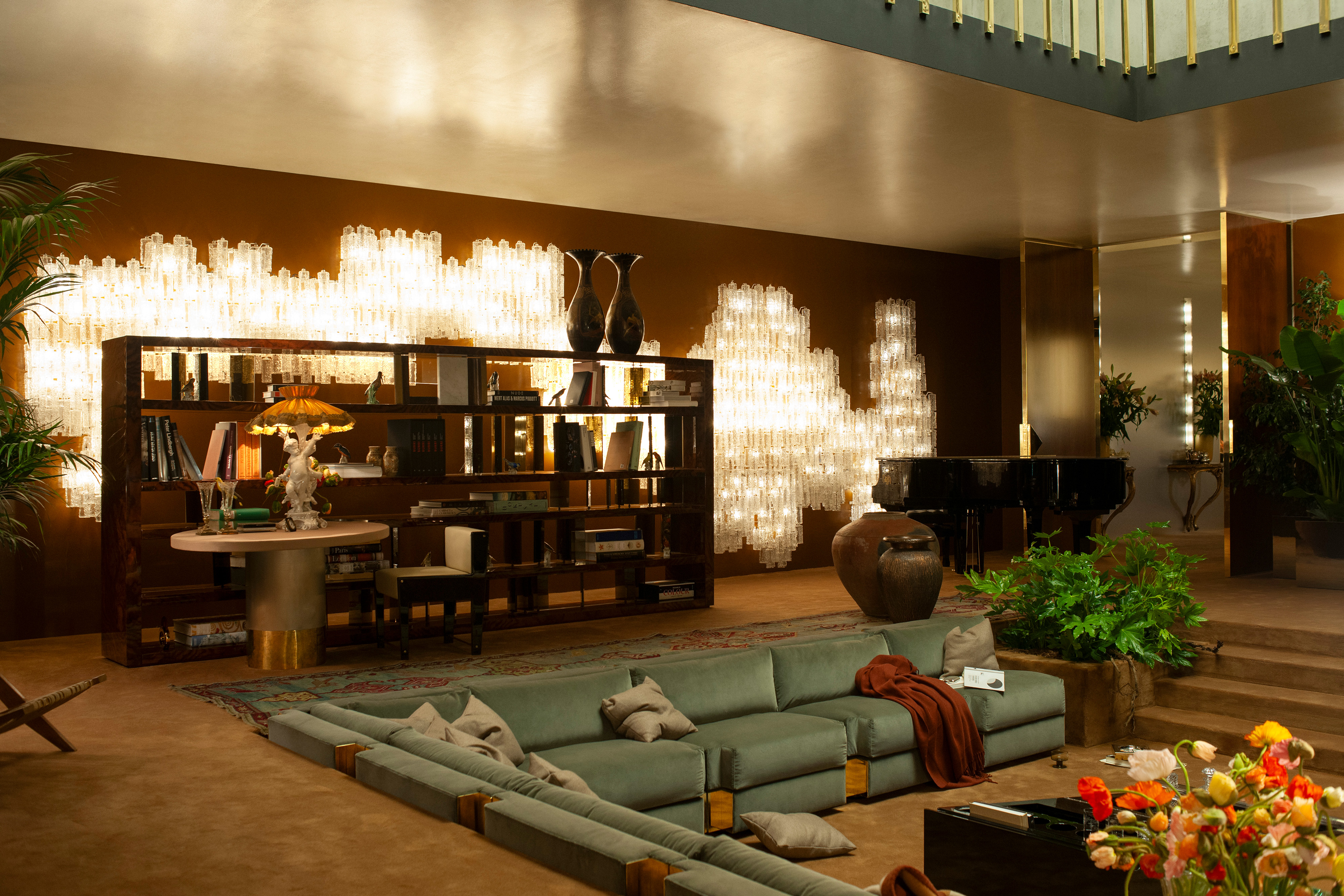
Dimoremilano x Loro Piana’s La Prima Notte di Quiete at Milan Design Week 2025
Milan’s Dimorestudio recreated a 1970s cinema foyer—complete with velvet furniture and leopard-print carpet—and directed a film-inspired production to exhibit new work for Loro Piana. The courtyard of the luxury fashion house’s headquarters was transformed into a fully immersive experience titled 'La Prima Notte di Quiete' in which visitors were guided through multiple red-curtained holding areas before witnessing a production unfold across a series of rooms designed to look like a mid-century villa.
Wallpaper* Newsletter
Receive our daily digest of inspiration, escapism and design stories from around the world direct to your inbox.
The installation’s level of detail—from the soundscape created by Nicola Guiducci to the lighting, rain effects, props and overall impression of eerie disarray—was nothing short of spectacular. The influences of film directors like David Lynch and Federico Fellini were also very apparent.
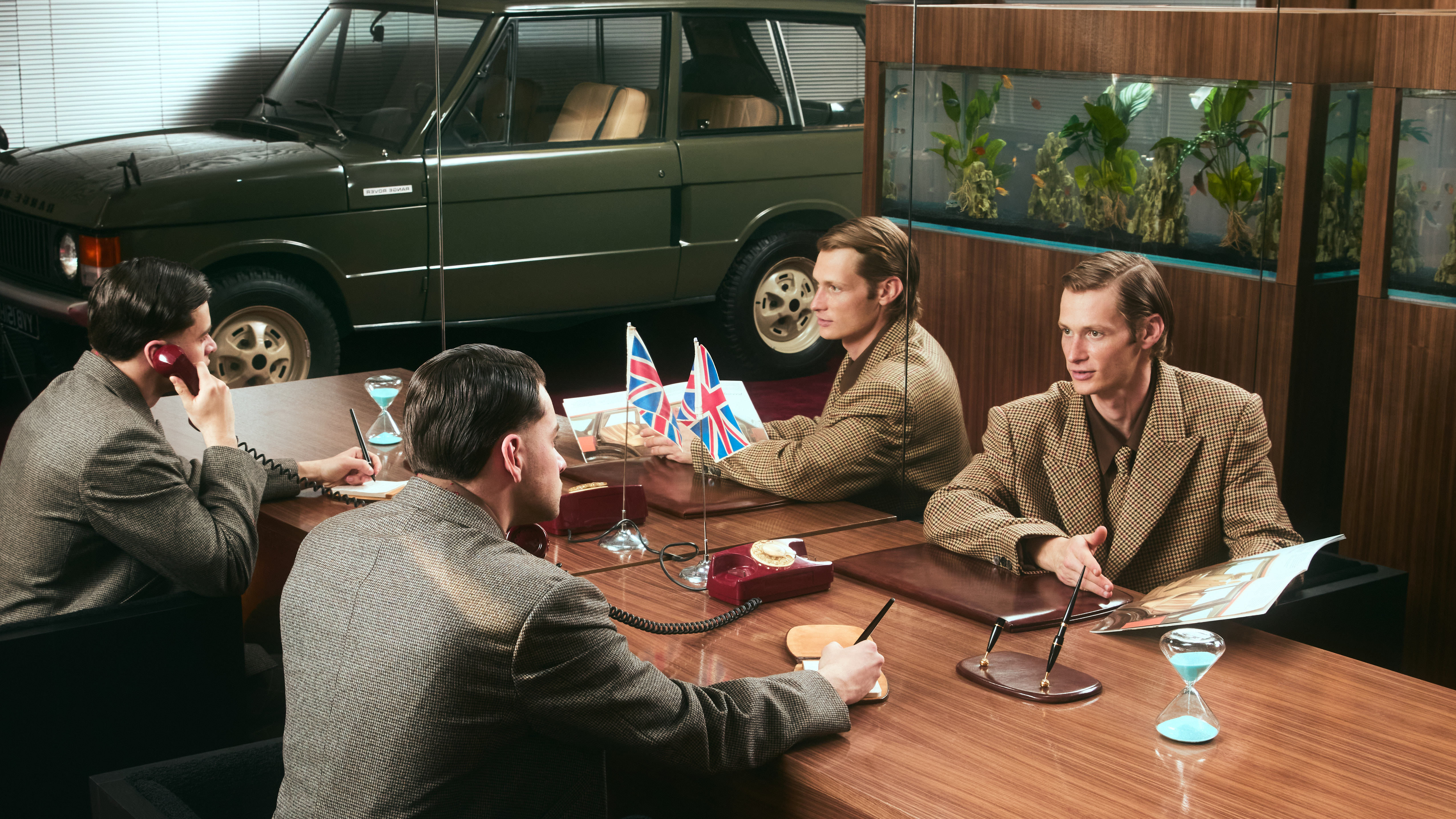
Futurespective: Connected Worlds by Range Rover and Nuova
British auto brand Range Rover equally took audiences on a time-travelling expedition with California-based design studio Nuova, through a two-part installation inside the 18th-century Palazzo Belgioioso. The 1970s was the destination once again in the first capsule—specifically, the moment of Range Rover’s inaugural vehicle production—where a car dealership from the decade was recreated complete with walnut-ply panelling, burgundy carpet and sofa upholstery, a fish tank and a classic Range Rover parked inside.
An unassuming door in the 'showroom' opened to reveal the brand’s latest model within a starkly different, bright, contemporary space, where mirrored columns and white gravel were installed to represent the vehicle’s next generation. Actors dressed in either vintage ‘70s attire and retro-futuristic powder blue uniforms also added to the all-encompassing experience of the juxtaposed spaces, as part of 'Futurespective: Connected Worlds.'

Beni Rugs x Studio KO, Intersection
On a smaller scale, but equally impactful, Beni Rugs entirely lined its space with thousands of scrawled note papers, amongst which a performer sat pensively with a typewriter and occasionally hit the keys as if reeling off a memoir. Forming a backdrop for the brand’s collaboration with Studio KO, 'Intersection,' the historic rooms also featured a dishevelled herringbone wood floor and overall evoked a scene of a tormented creative’s attic.
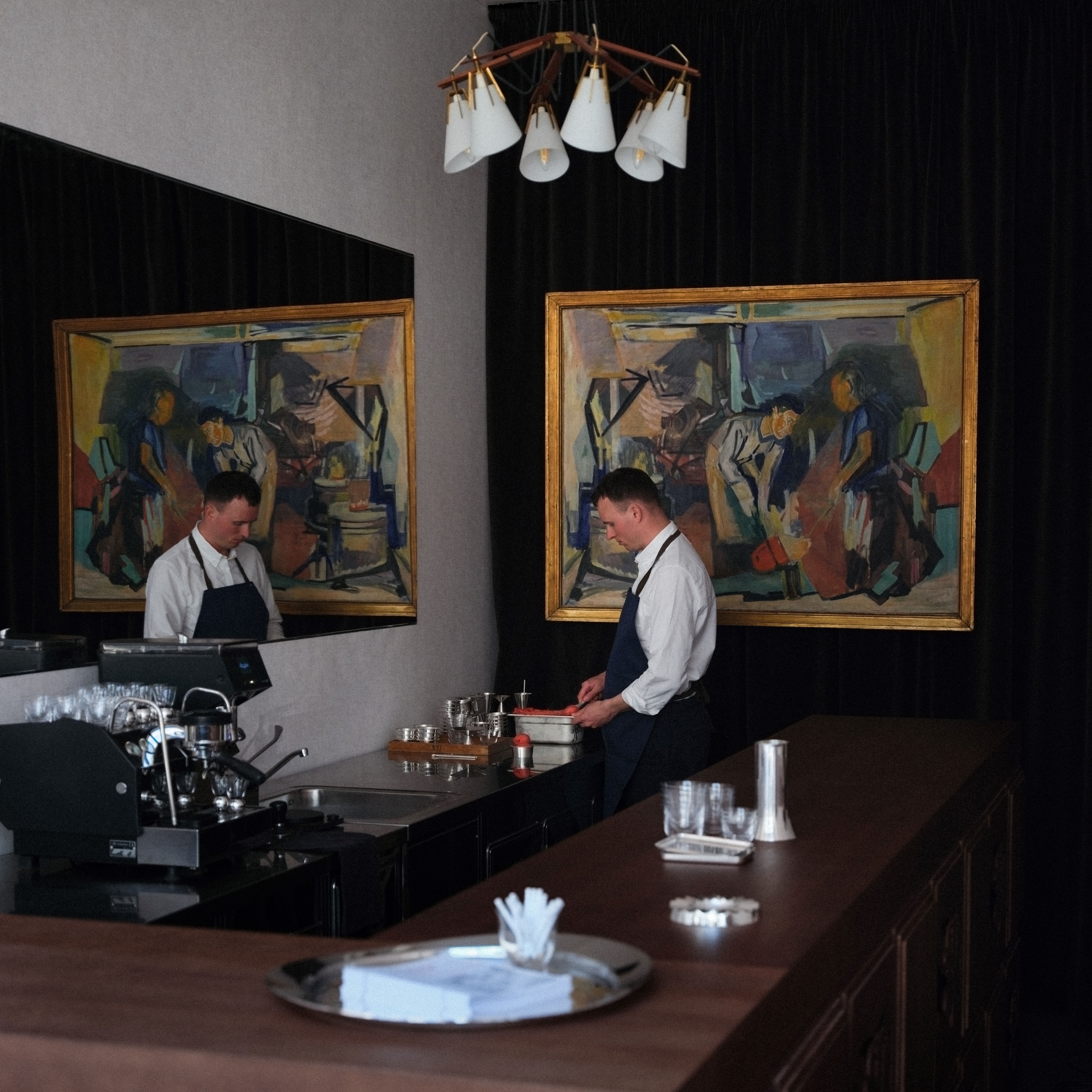
Georg Jensen’s Gelateria Danese
Georg Jensen debuted its new collection, and inaugural show under the helm of creative director Paula Gerbase, inside a pop-up ice cream shop modelled on a 1920s Art Deco cafe. The Gelateria Danese was one of the most popular attractions during the sun-drenched week, serving gelato, coffee, and affogato in the Artisan Series - decadent silver dishes, cups, trays and spoons by 22 silversmiths.
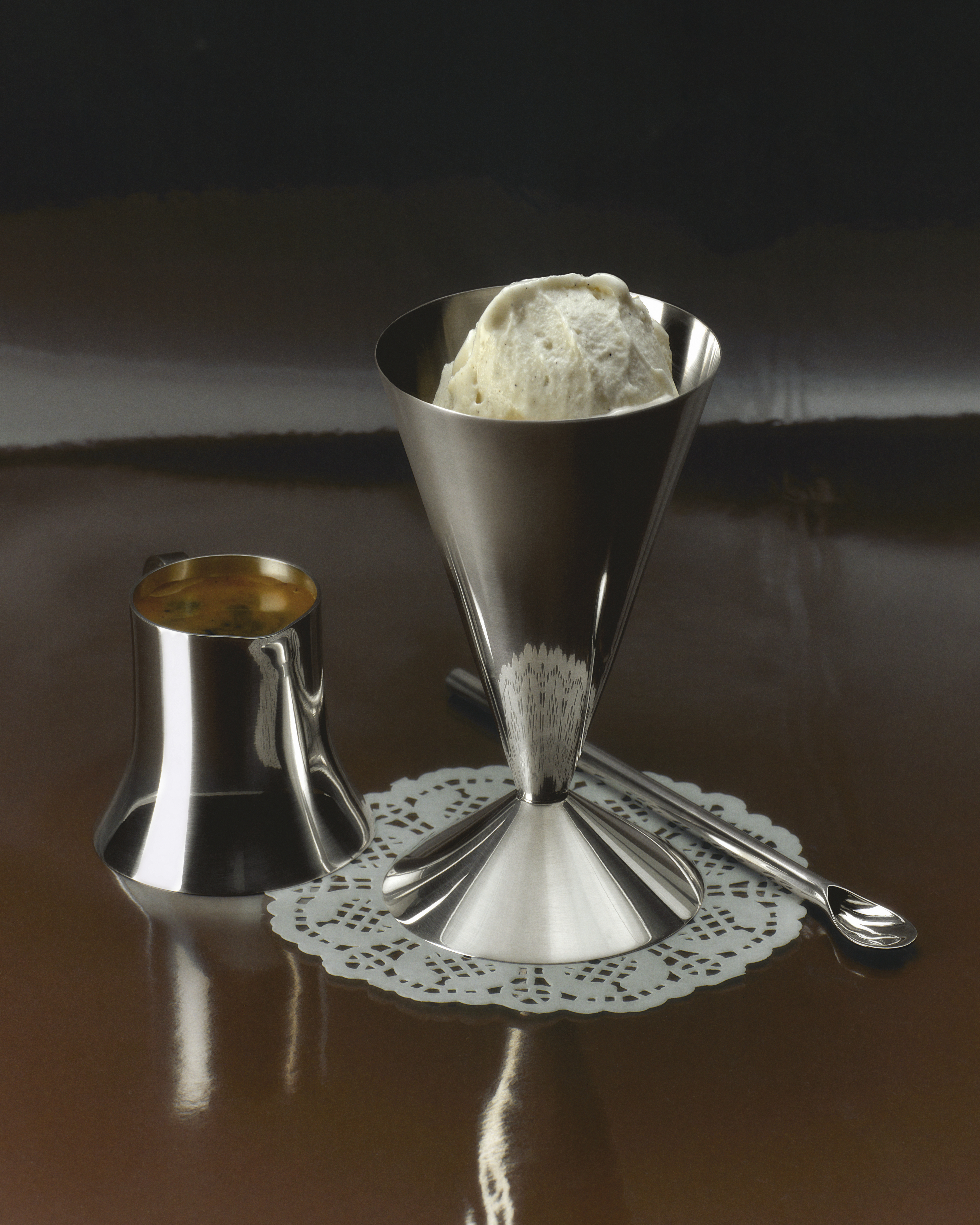
Georg Jensen’s Gelateria Danese
More hints of cinema could be spotted at David Rockwell’s Casa Cork, where the Tony Award-winning designer used the sustainable material to create a bar area in the back that was reminiscent of a vintage cinema lounge. Furthermore, famed production designer Es Devlin's Library of Light inside the courtyard of the Pinacoteca di Brera was effectively a huge revolving stage, upon which visitors were encouraged to interact with the books stored on the giant arc-shaped shelf, and watch the historic colonnaded building slowly rotate past them.

YK100 lighting by Yrjö Kukkapuro, produced by Blond
To cap this trend, Swedish brand Blond presented 1968 stage-style lighting by Yrjö Kukkapuro at the Euroluce fair. The YK100 collection by the celebrated Finnish designer, who passed away in February, includes floor and pendant lamps mounted on industrial-style steel supports and held within aluminium brackets that allow the light source to be rotated and tilted in any direction.
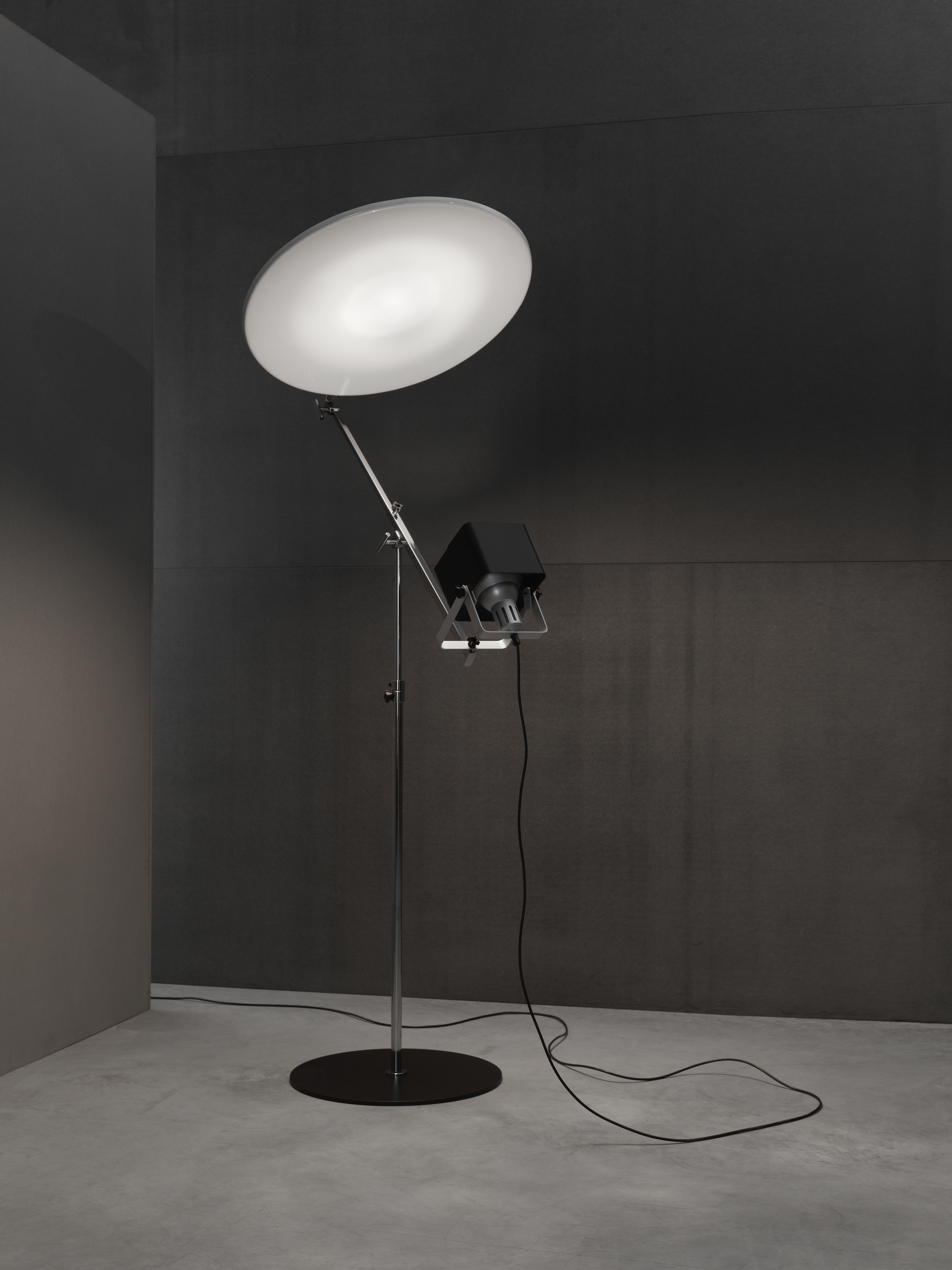
YK100 lighting by Yrjö Kukkapuro, produced by Blond
Beyond the aim to present design in innovative ways and novel settings, the thread of theatre, cinema and performance in Milan speaks to a wider current desire to escape into other worlds and distract ourselves from reality, if only for a short period. Design as theatre, and vice versa, also helps to characterize inanimate objects, and the format of live performance cleverly coerces audiences into pausing for longer.
We expect to see many more design presentations of this kind going forward – and for the designers and brands who adopt this approach to duly get their flowers.
Dan Howarth is a British design and lifestyle writer, editor, and consultant based in New York City. He works as an editorial, branding, and communications advisor for creative companies, with past and current clients including Kelly Wearstler, Condé Nast, and BMW Group, and he regularly writes for titles including Architectural Digest, Interior Design, Sight Unseen, and Dezeen, where he previously oversaw the online magazine’s U.S. operations. Dan has contributed to design books The House of Glam (Gestalten, 2019), Carpenters Workshop Gallery (Rizzoli, 2018), and Magdalena Keck: Pied-À-Terre (Glitterati, 2017). His writing has also featured in publications such as Departures, Farfetch, FastCompany, The Independent, and Cultured, and he curated a digital exhibition for Google Cultural Institute in 2017.
-
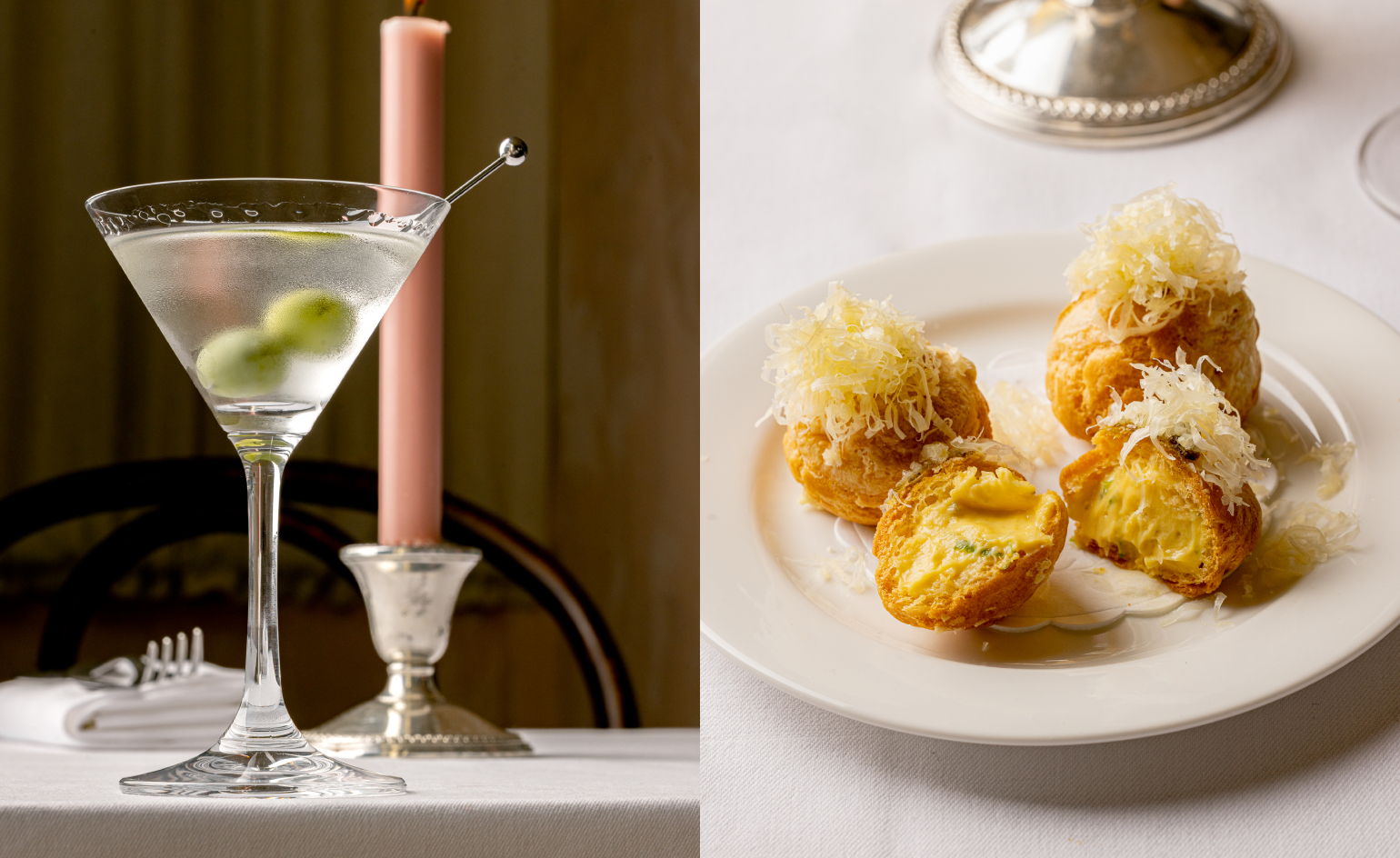 One Club Row is London’s answer to the Lower East Side
One Club Row is London’s answer to the Lower East SideLocated at the site of the former hotspot Les Trois Garçons, One Club Row brings back noughties glamour with 19th-century interiors, gourmet bites, and jazz nights
By Ben McCormack
-
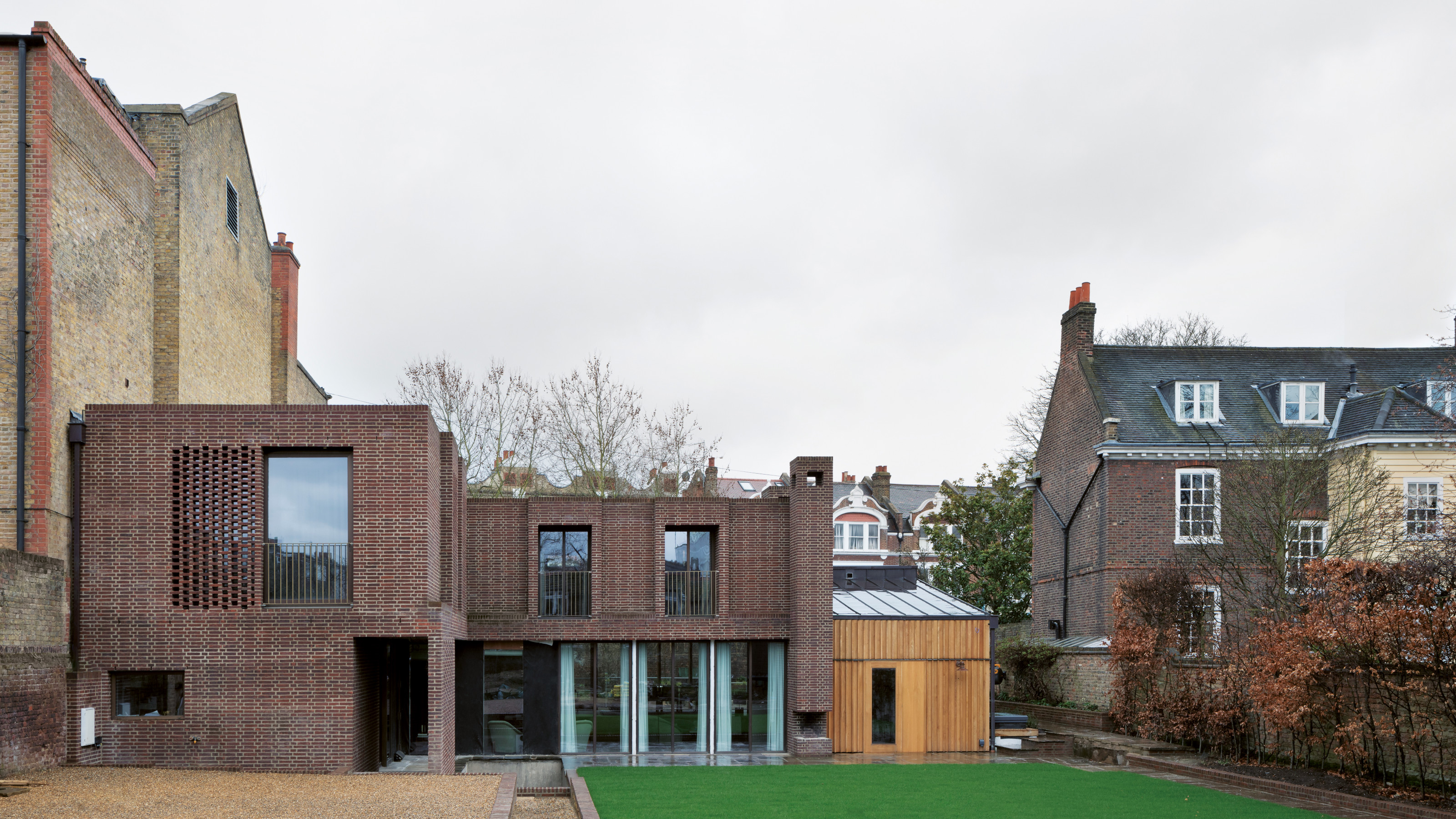 A new London house delights in robust brutalist detailing and diffused light
A new London house delights in robust brutalist detailing and diffused lightLondon's House in a Walled Garden by Henley Halebrown was designed to dovetail in its historic context
By Jonathan Bell
-
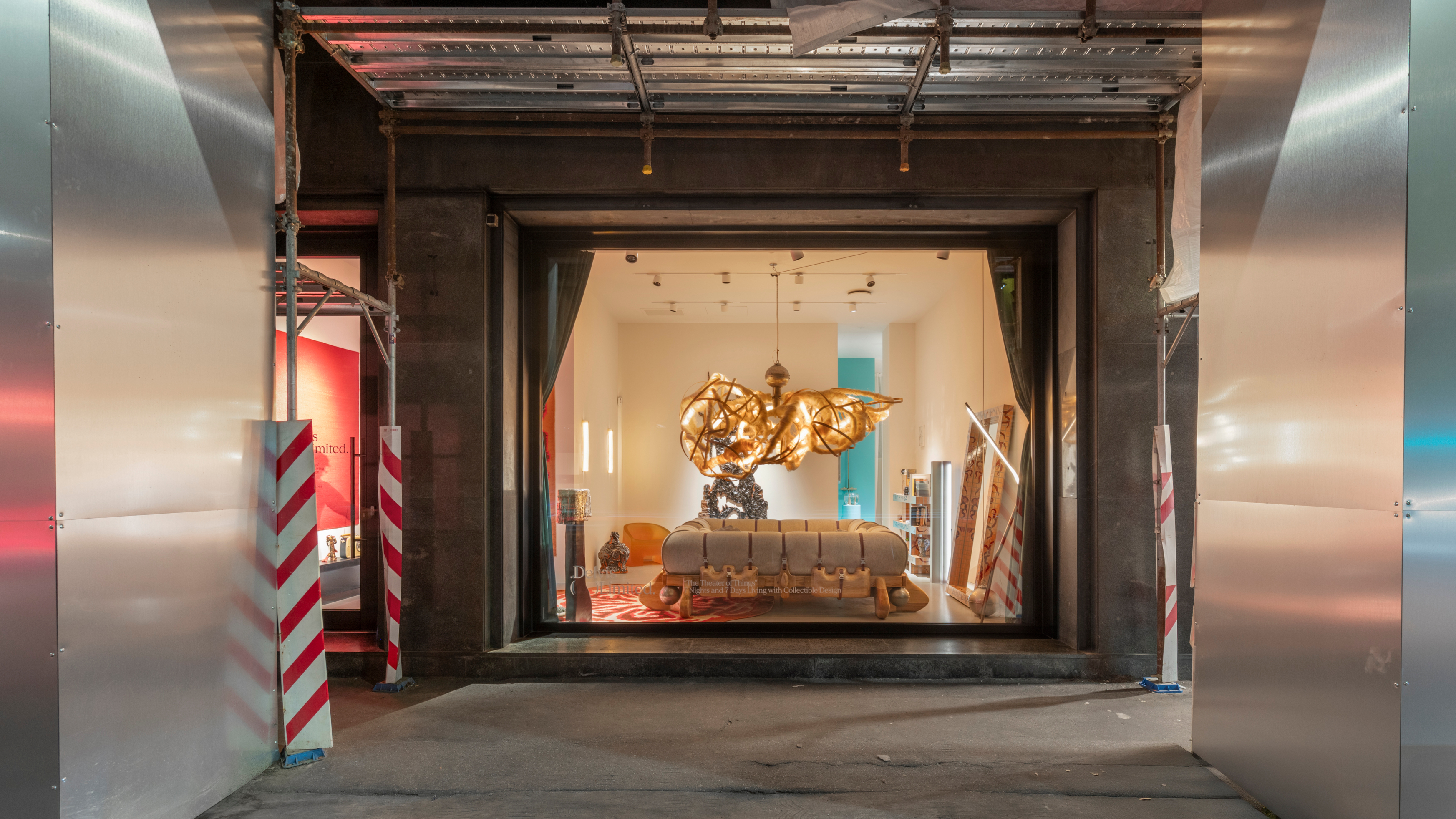 Delvis (Un)Limited turns a Brera shopfront into a live-in design installation
Delvis (Un)Limited turns a Brera shopfront into a live-in design installationWhat happens when collectible design becomes part of a live performance? The Theatre of Things, curated by Joseph Grima and Valentina Ciuffi, invited designers to live with their work – and let the public look in
By Ali Morris